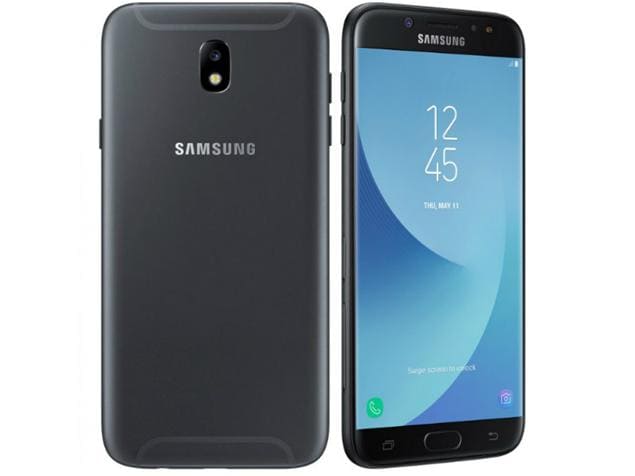
It is my estimation that the Always On Display uses about 10% of the battery overnight. The feature will dim after a time, but it never shuts off. Of course, it can be turned off, but it doesn't offer the option that we've seen in other devices with ambient displays to shut it off after a few seconds, when it sits on a table, or when it's in the user's pocket. The Always On Display is just that, always on.

Because of this, we have the Always On Display. Samsung estimates that users unlock their phones an average of 150 times a day, most often to simply check the time (although I'm guessing that it was an independent firm that did the research, since LG made the same claim with the V10). The color accuracy is amazing, as well as grayscale and color gradiant. Tech talk aside, the 10 point multi-touch display on the Galaxy S7 just looks awesome. Super AMOLED integrates the capacitive touchscreen layer into the display, rather than overlaying it on top of the display, resulting in a thinner part that uses less power and works better in bright lights. You wouldn't be crazy to think that Samsung has dubbed its displays as 'Super' as a marketing gimmick to show just how much better (or super) they are than other displays, but there is a difference. We've seen them in flagships from Microsoft/Nokia, Motorola, and of course, Samsung however, Samsung doesn't just use AMOLED, it uses Super AMOLED. Like LCDs, not all AMOLEDs are created equal. Disadvantages are that it is susceptible to burn-in while LCD is not however, AMOLED doesn't degrade as fast as PMOLED, thus being the more expensive option. It has many advantages over LCD, such as more vibrant colors and true blacks, as some pixels can be turned off. OLED - organic light emitting diodes - comes in two flavors: active matrix (AMOLED) and passive matrix (PMOLED or P-OLED). Samsung has once again put its best foot forward in this department, as they tend to do. The Super AMOLED display is as good as it gets. It's not as bad as it sounds, but you'll find yourself wiping it off with your shirt before showing it off to friends. On a much less severe note, it's also a fingerprint magnet. For one, dropping the phone could shatter the entire body, meaning the user will need more than a simple screen replacement. While beautiful, the mirrored glass body does have its downfalls. That being said, the S7 is a stunning device. It's just that the body of this device is styled exactly like a miniaturized Galaxy Note 5, a device that I've been using since August. It takes after the Galaxy Note 5.įor the first week that I was using the Galaxy S7, it felt tiny.

Samsung introduced its new mirrored glass design with the Galaxy S6 however, the S7 doesn't take after its predecessor in terms of design.
#GALAXY S7 BATTERY GURU 1080P#
Quad core Snapdragon 820, 2.15 GHz dual core Kryo, 1.6 GHz dual core KryoĤK - 30 fps, 1080p - 60 fps, Front 1440p - 30 fps The display clearly lives up to Samsung's bar that it has set for themselves and the mirrored glass body is stunning. Coming out of the box, the Galaxy S7 is super impressive.


 0 kommentar(er)
0 kommentar(er)
